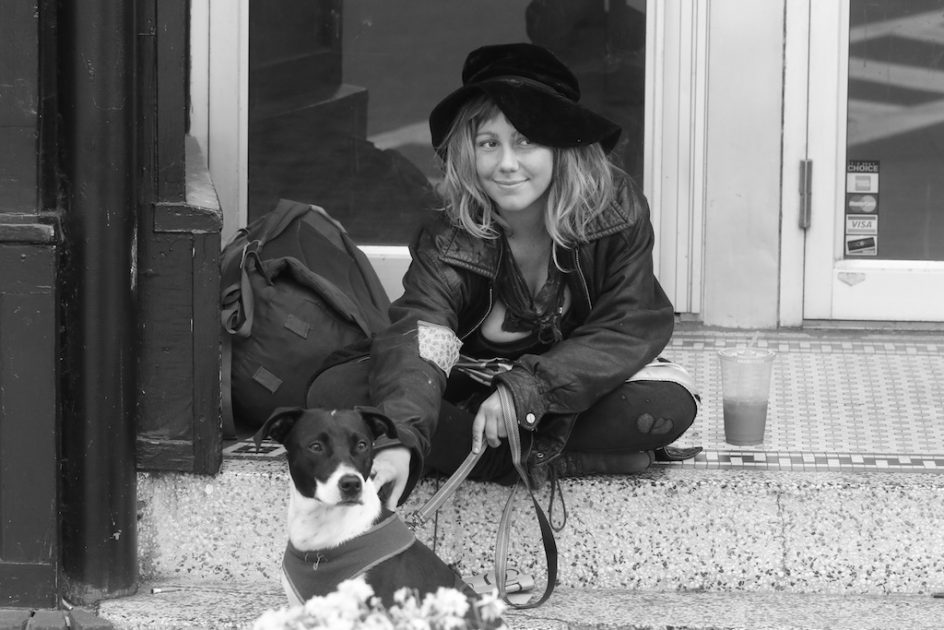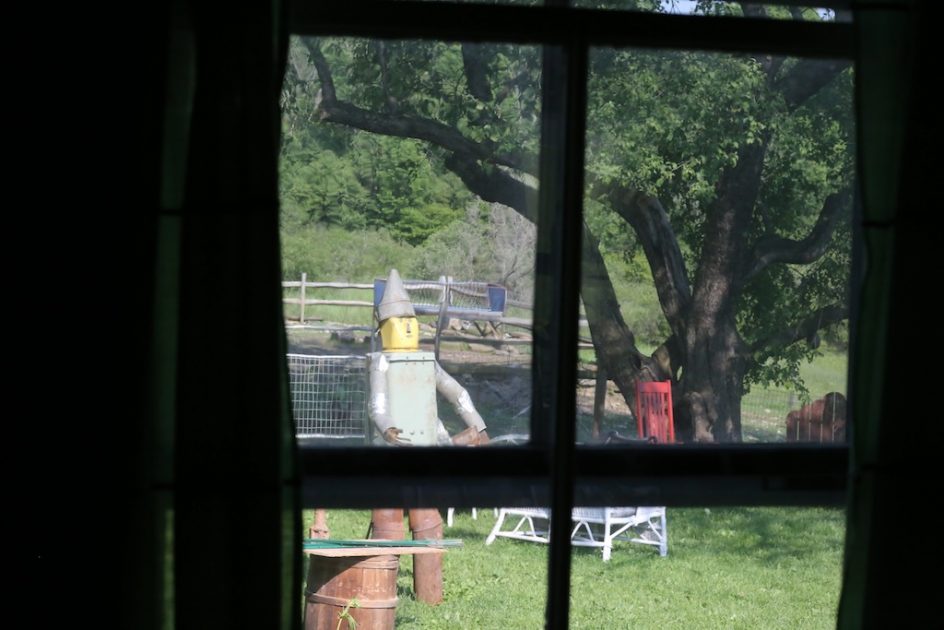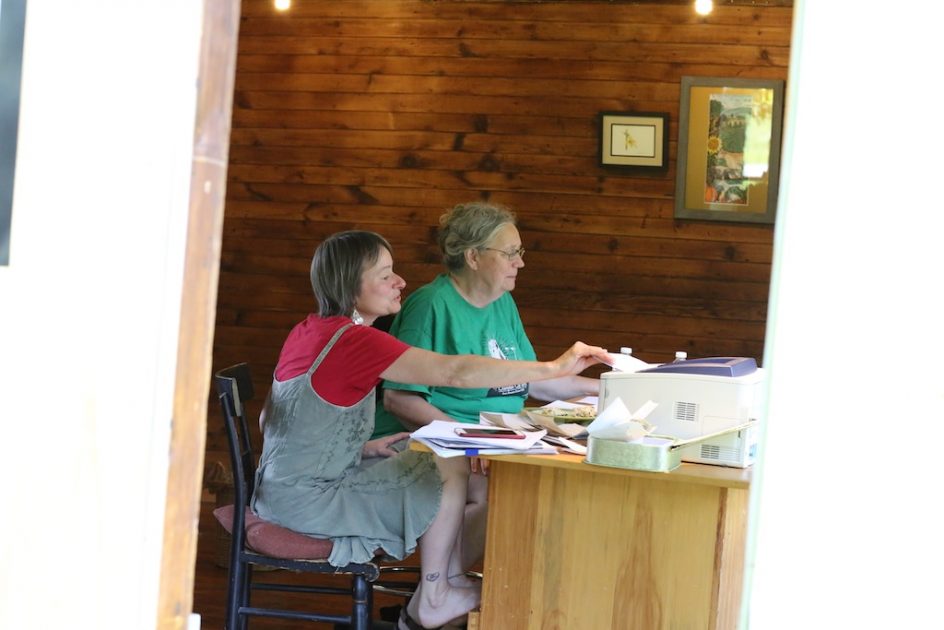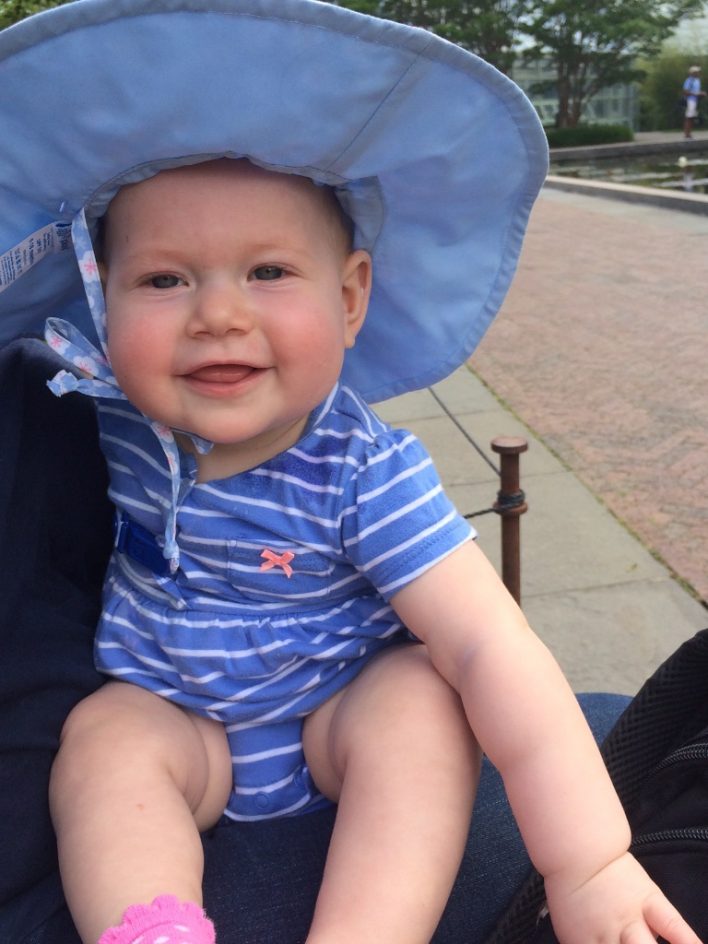
What is happening to our country? I think I am beginning to grasp it.
I spent some years working as a political writer, I worked for the Washington Post and the Philadelphia Inquirer.
I loved covering politics and I always believed I was in touch with the great middle-class, the deciders then of political contests. I was almost never wrong about how an election would turn it, I was right in sync with the system.
Last November, I learned that I was no longer in touch, I had not been paying attention to politics for a decade or so, and I did not miss it, or at least the newer, more partisan and angry versions of politics.
This stung, for sure, and I vowed not to let it happen again. I am working at it.
Like everyone else, I was shocked in November, and I made a decision. Rather than argue with people, I would try to understand what I had missed, a movement so intense and organized it helped elect a President who seemed, at least on the surface, to be utterly unfit for the job.
I am reading a book that is quite helpful to me in understanding what happened to our country in November. The book is called “The New Minority: White Working Class Politics in an Age of Immigration and Inequality.” It was written by Justin Gest, Assistant Professor of Public Policy at George Mason University’s School of Policy and Government.
He talked to an awful lot of people.
It seems to me to be more important to understand the people who sparked this sometimes frightening populist movement than it is to condemn them. Gest’s book goes further than anything else I have read or heard to understand what happened and why.
He explains the tragedy that underlies the alcoholism, suicide rate, poverty, depression, community decay, drug addictions and hopelessness that was at the core of much of the Trump support in America, last year and now.
Gest writes that the communities of white working class people who once occupied the political middle – the group I always felt I knew – have decreased in size and moved to the fringes.
On the day after the election, I wondered the same thing Gest did: “how did we get here? How does a group of people once synonymous with Middle America – the heart, soul, and back bone of America (and Great Britain) drift to rage, marginality and resentment?
What kind of transformation lead a group with such enormous and enduring social power come to consider themselves a neglected and persecuted minority in the very country they once defined? How have they come to be so frustrated politically that they would rather start their own movements than submit to the compromises and changes required by more traditional and mainstream coalitions?
And how did white working class Americans come to be so resented and vilified?
The moral narrative of the young, the elites and the white upper class has embraced what Gest calls a moral narrative about the election: poor whites, now suffering from the same kind of social and economic decay and despair that once characterized the poorest of minorities, are characterized as antagonists clinging to the unfair advantages whites possessed at an earlier time, and still do in so many ways.
Cultural critic Nicholas Underwood described the new white working class subculture as “the amoral and apolitical section in society who are neither deserving nor poor. It is a group that is against learning, anti-intellectual, and composed of individuals who – in the words of one commentator – ‘despise” blacks and browns (especially if they are making something of their lives) and also education, enlightenment, and internationalism.”
In Europe and the United States, white members of the “underclass” have been singled out as behaviorally or morally inferior, a broad and ugly brush.
Gest has a counter-narrative, a startling idea about the Trump revolution.
He says to understand it, one must come to see the populist movement in America as a new minority, one that has been ignored for decades now as their problem deepen and worsen, and while other minority groups – Trans people, African-Americas, gays and Latinos – have organized and demanded change and broader rights and attracted enormous sympathy and attention. The white working class has no such movement – until now – and has received no public or governmental support in any meaningful way.
For them, the global trade agreements have been nothing short of a cultural catastrophe, decimating all across rural America what Gest calls “post-traumatic cities.”
At the same time, the political class has move radically beyond their working class roots. According to the Washington Post, between 1984 and 2009, the median net work of a member of the House of Representatives grew from $280,000 to $725,000. In the same time frame, the net worth of the average American family declined from $20,600 to $20,500. The members of Congress have little in common with the constituents who were exactly like them just a generation ago.
So who, exactly represents them and speaks to them?
Nobody at the moment but Donald Trump and Bernie Sanders. It ought not to be any surprise that they support him so passionately. For so many people, he is their last hope for a better life.
Their life expectancy is declining, suicide rates are skyrocketing, the leading cause of death for young white men in America is now drug overdose, 36 per cent of them are without college degrees holding non-salaried jobs; 33 per cent of American families are white households earning less than $60,000 per year; 43 per cent of them are without professional or managerial jobs; 48 per cent of Americans are now white people without a four-year college degree, their life spans are now shorter than impoverished minorities in the poorest communities in America.
And they have had no voice in their own fate or that of their communities. Until 2016, when Donald Trump traveled to their communities and told rally after rally “I am your voice.” No other national political had spoken to them, even obliquely, in decades. To the new white minority, Trump was their Martin Luther King, come to liberate them from poverty, oppression and hopelessness.
He was – is – their voice.
That is a difficult thing for many people to grasp or accept, but Gest documents his theory brilliantly. People in the devastated urban and rural communities that supported Donald Trump so fervently, and still do seem to be more frustrated by that which they have lost, writes Gest, than that which they never possessed.
“In this book,” he writes, “I find that white working class people’s rebellion is driven by a sense of deprivation – the discrepancy between individual expectations of power and social centrality, and their perceptions of fulfillment. More specifically, white working class people are consumed by their loss of social and political status in social hierarchies, particularly in relation to immigrant and minority reference groups.”
Working class rage and discontent varies, but nearly all of it, found Gest, pertains to three phenomena:
-Outnumbering. The new minority recognizes the steady deterioration of their numbers. By 2040, the U.S. Census estimates that whites will number less than 50 per cent of the total population.
-Externality: White working class people are especially sensitive to their exclusion from consultation and representation – not only in bodies of representative government, but also more generally in popular entertainment, public institutions, and employment.
-Prejudice: Many white working class people, writes Gest, “believe they are frequently subject to conscious or unconscious prejudgment by members of ethnic minorities, as well as by middle-and-upper class white people.” They believe such prejudice affects their ability to get hired for jobs, receive equal treatment by officials and businesses, and access government benefits like housing, government contracting or welfare.
Gest’s book – heavily researched and meticulously documented – challenges a lot of my ideas about America both politically and culturally. For the first time, I begin to fully understand what happened so stunningly and disturbingly in November. I want to write more about it.
The new minority is not, of course, the only reason Donald Trump won the election last year. He also gained broad support from Republicans, wealthy whites and 53 per cent of American women. But without the new minority, said the political scientists, he would not have won the election.
I believe in facts and I believe in truth, and I am convinced that understanding something is much more grounding and effective than whining about it or trembling before it. Our media and political community slept through much of last year. They are awake now. More later.




